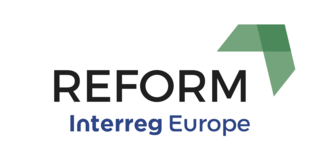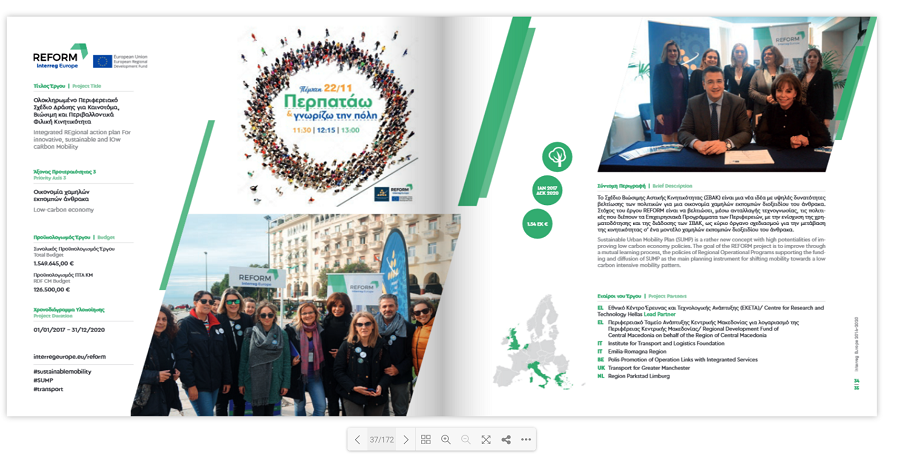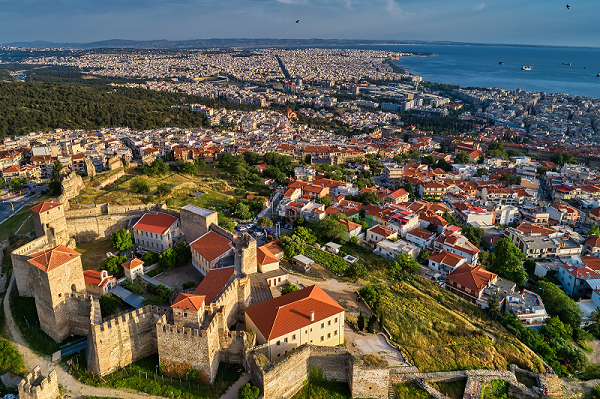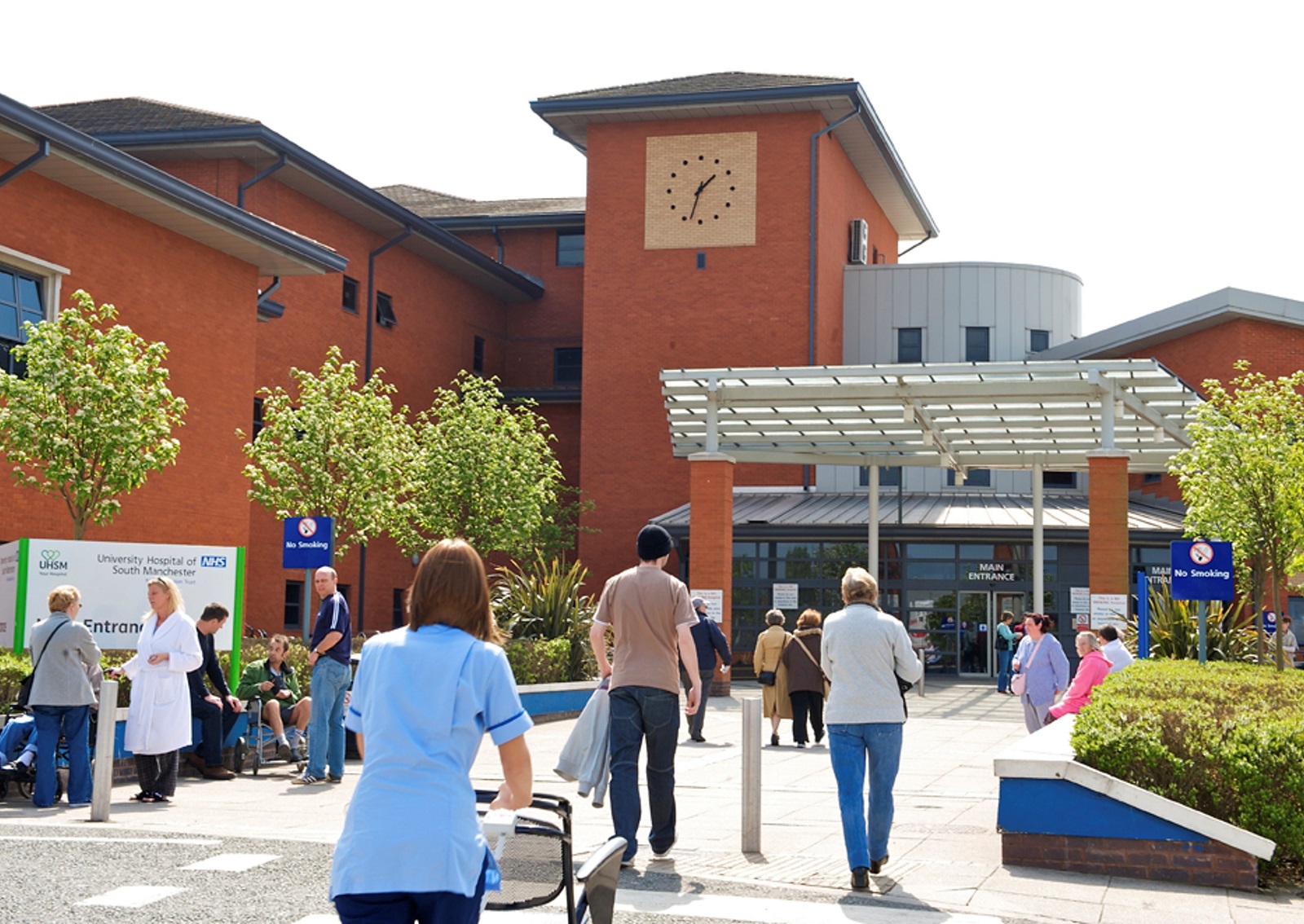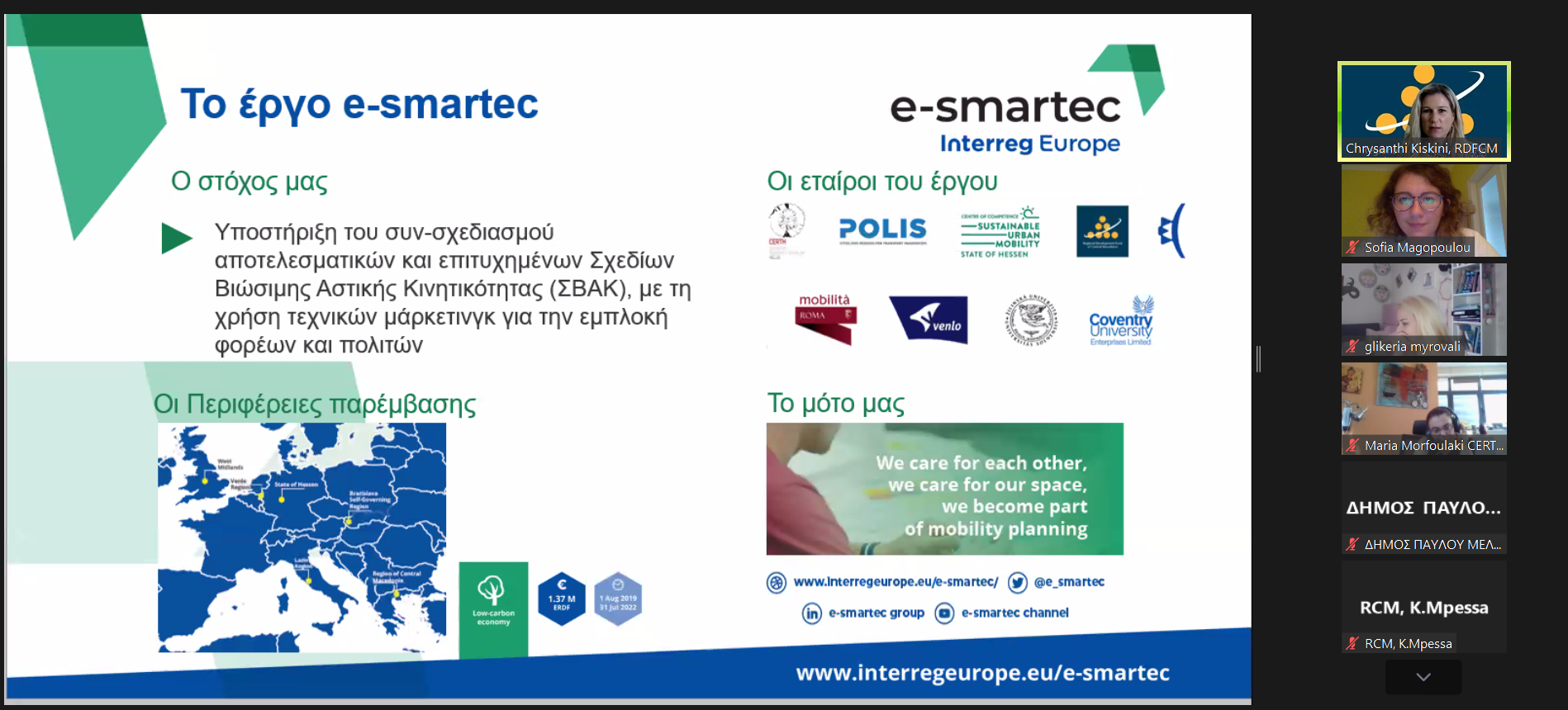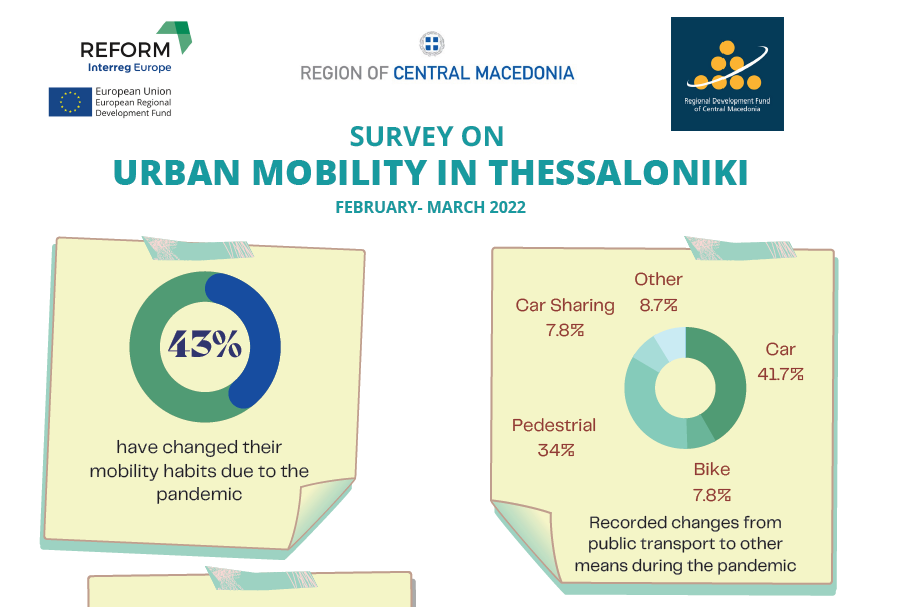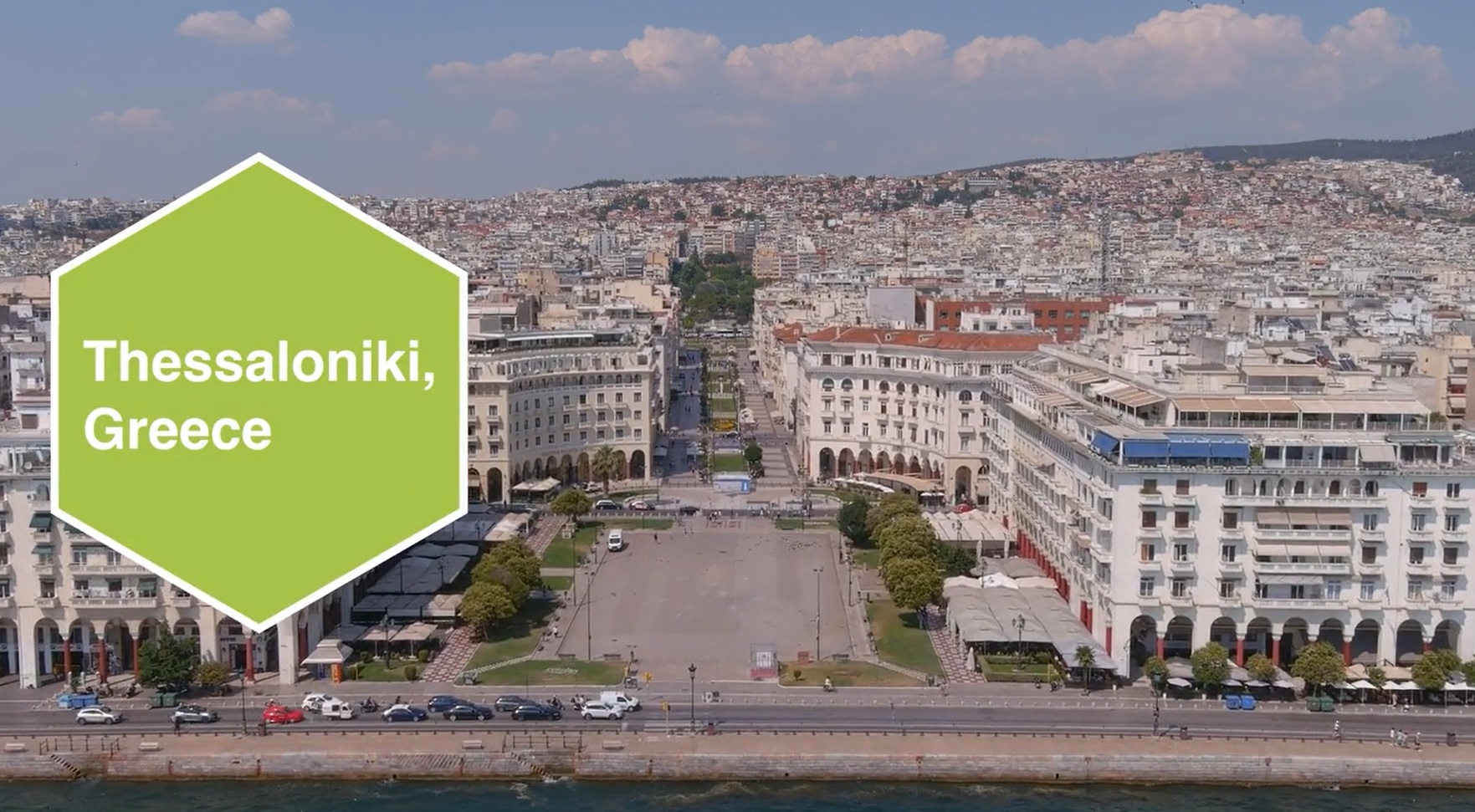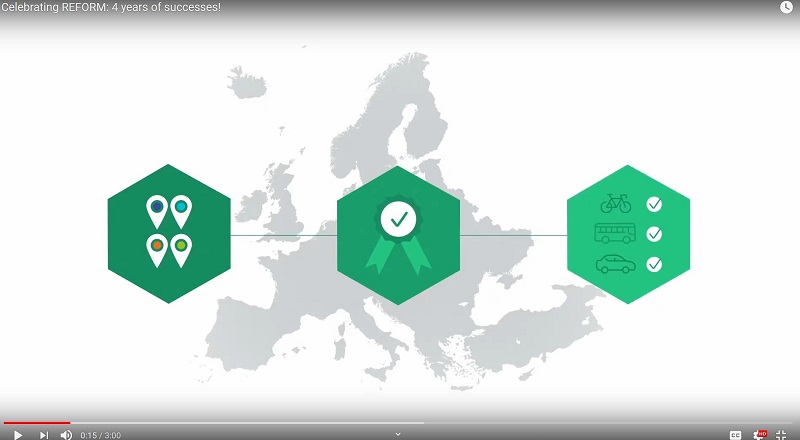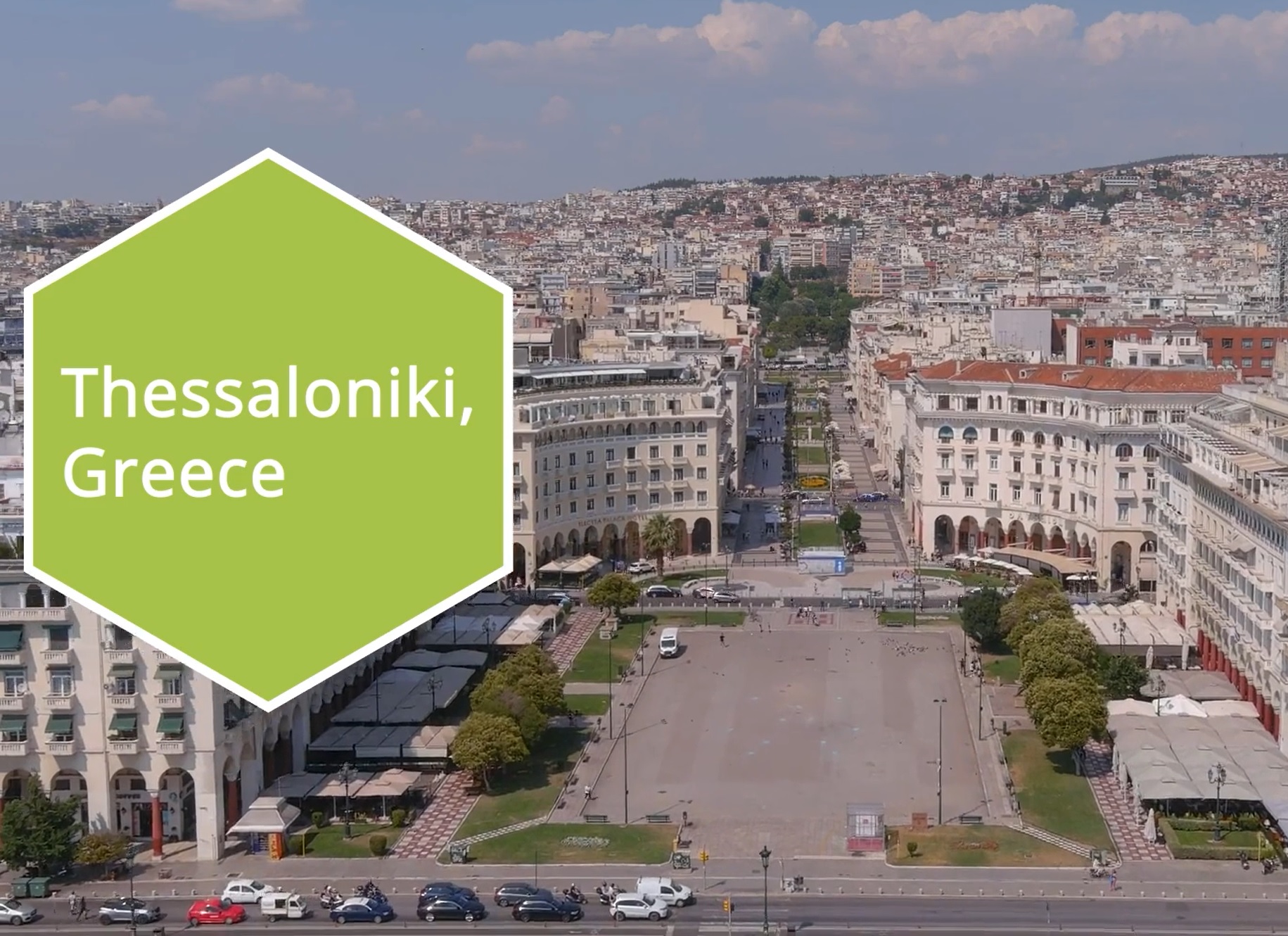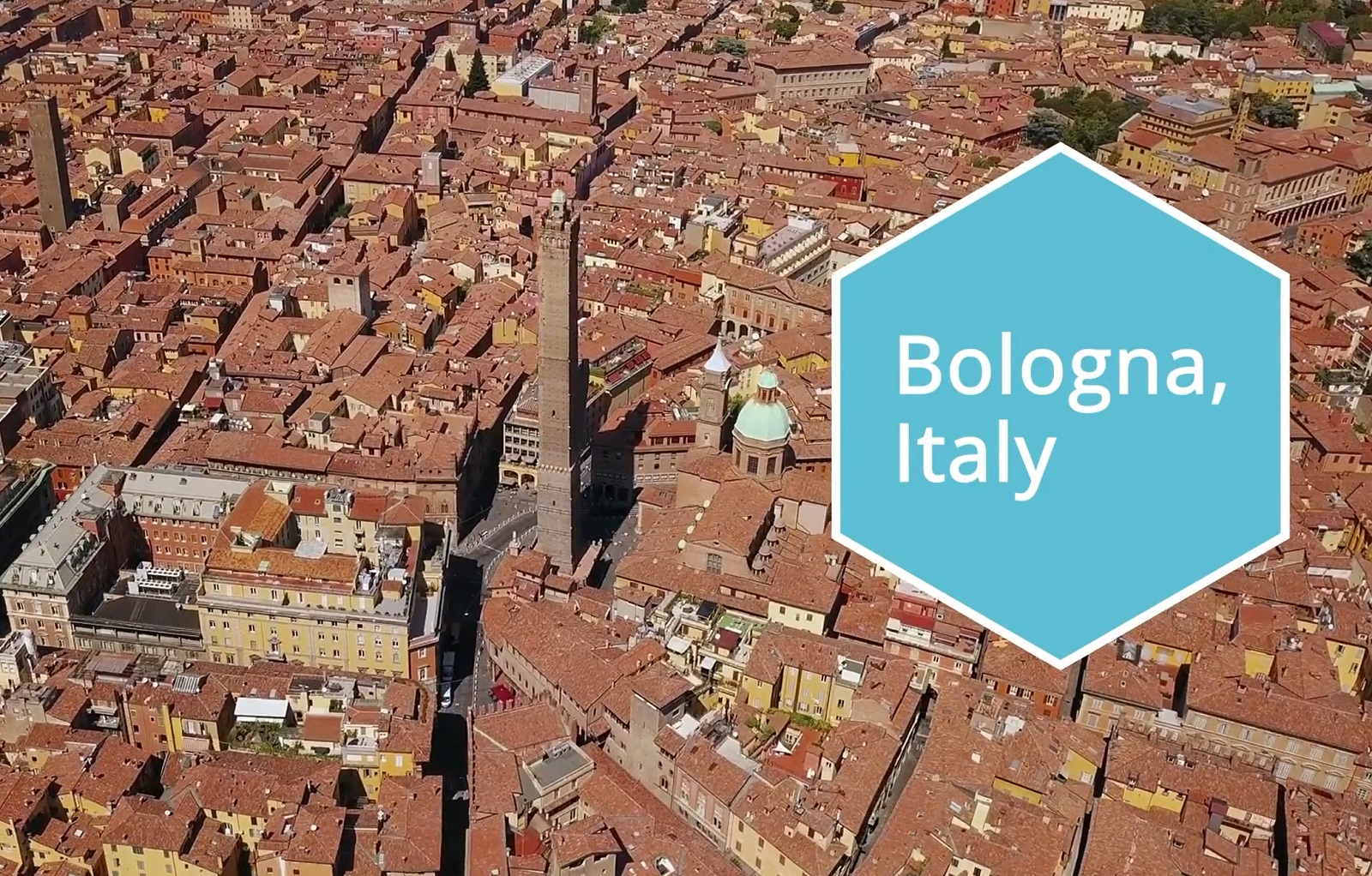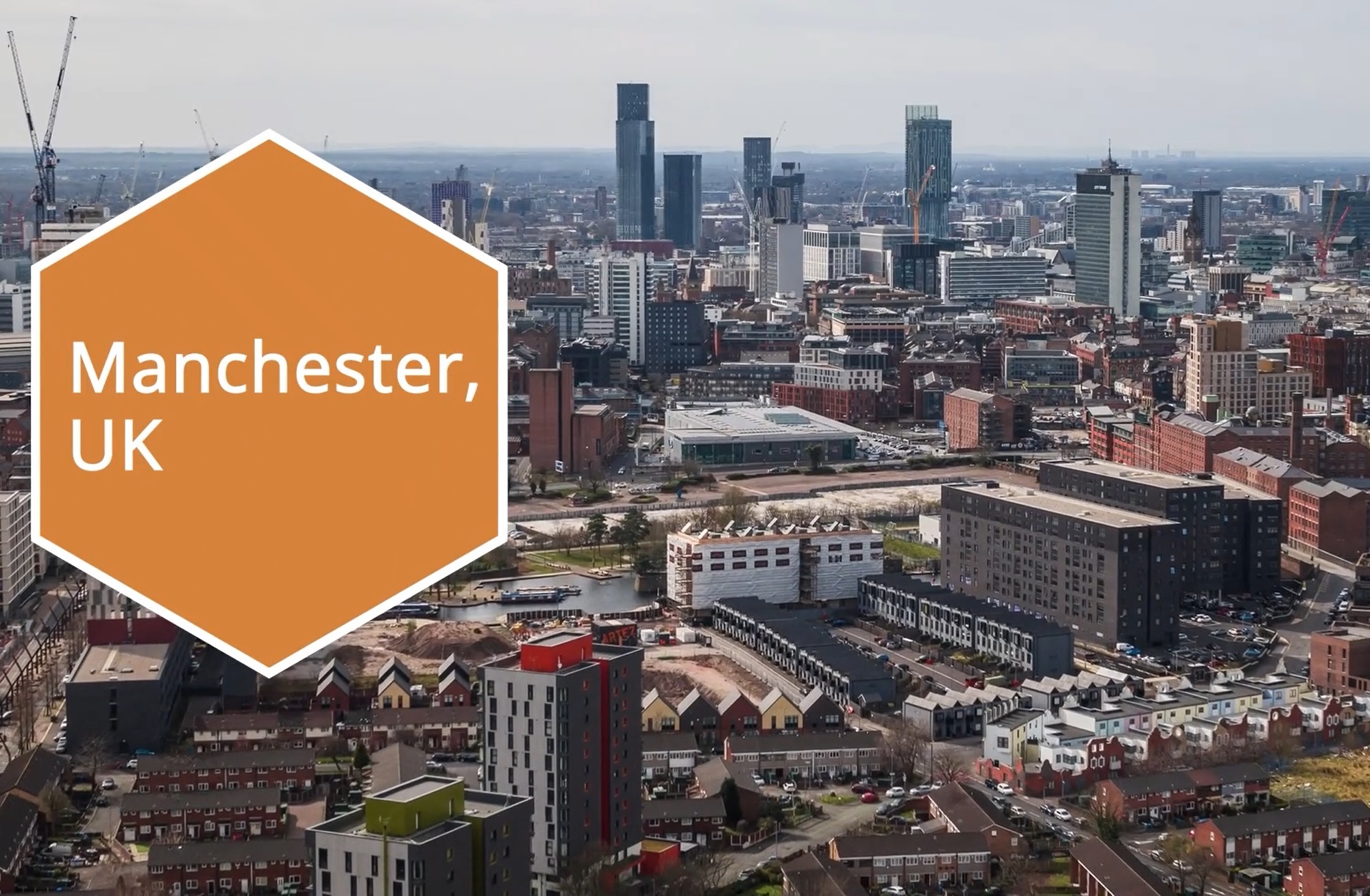During the second study visit of the Interreg REFORM project extension period in Bologna, the project partners from CERTH, Region of Central Macedonia, Transport for Greater Manchester, and POLIS, gained insights into the recent technical innovations and good practices of Emilia-Romagna Region. The exchanges were very fruitful for all parties, especially thanks to excellent local organisation of the study trip by Eleonora Tu from the local partner Institute for Transport and Logistics Foundation (ITL).
The visit, which took place on 6 April 2022, started at the heart of the historic city centre of Bologna. Partners boarded a local bus and reached the first destination of the visit: the control centre of Trasporto Passeggeri Emilia Romagna (TPER), one of several passenger transport companies of Emilia-Romagna that operates the bus service in Bologna and Ferrara. Mirco Armandi (ICT senior manager at TPER) explained the operation, data management and the new ‘Roger’ mobility app in great detail. The latter includes a colour coding system to indicate bus capacity level, which is one of Bologna’s good practices.
TPER has been improving the user experience, safety and efficiency of the local bus network with innovative technological solutions for more than two decades. Buses in Bologna were among the first to be equipped with GPS technology, which enabled users to send SMS to a dedicated number to receive real-time information to their mobile phones (Hellobus service). Additionally, a private radio network operates as the backbone for communication between the buses, the control centre and the police to coordinate traffic and solve emergencies. In the last years, additional technological investments were made. Thus, many buses are equipped with contact-less near-field communication payment terminals that enable automatic payments with a credit- or debit card (EMV system). The trips are counted and fares are automatically selected at the end of the day. For example, a user that has done seven individual trips on a specific day will only be charged with the price of a day ticket.
The COVID-19 pandemic created new challenges for the transport agency, including mandatory maximum occupancy rates of 50% for each bus. An ingenious and cheap solution was found by utilising the pre-existing Wi-Fi hardware in the buses. Thanks to an additional software, the anonymised communication between the Wi-Fi network and the passengers’ smartphones can be utilised to give a rough estimation on the occupancy rate. The system can predict the occupancy rate and provide information whether the bus is nearly empty (green), half-full (yellow) or at full capacity (red). This information is available a couple of minutes before the bus arrives at a designated bus stop to increase the accuracy rate. After this fruitful exchange, Mirco Armandi gave a tour of the bus control centre.
In the afternoon, the REFORM project partner followed the invitation of Andrea Normanno, Emilia-Romagna Region regional mobility officer, who gave an overview of the activities of the Region and the several initiatives to foster sustainable mobility and Sustainable Urban Mobility Plans (SUMPS). Andrea Normanno highlighted the importance of enhanced cooperation between the different organisations, including regional and local train authorities, as well as representatives from the passengers’ side.
The ‘CRUFER’, or ‘train users committee’, was established in 2008 and is an essential platform for exchange that helps to make transport-related decisions in the Emilia-Romagna Region. Especially during the COVID-19 pandemic, a swift and decisive action was necessary to increase passengers’ safety and ensure the continuous operation of the train network. These regular meetings, which take place online, are carried out by the user representatives on a completely voluntary base. This enhanced cooperation created a direct communication channel between the different organisations that was exploited during emergencies such as the pandemic.
